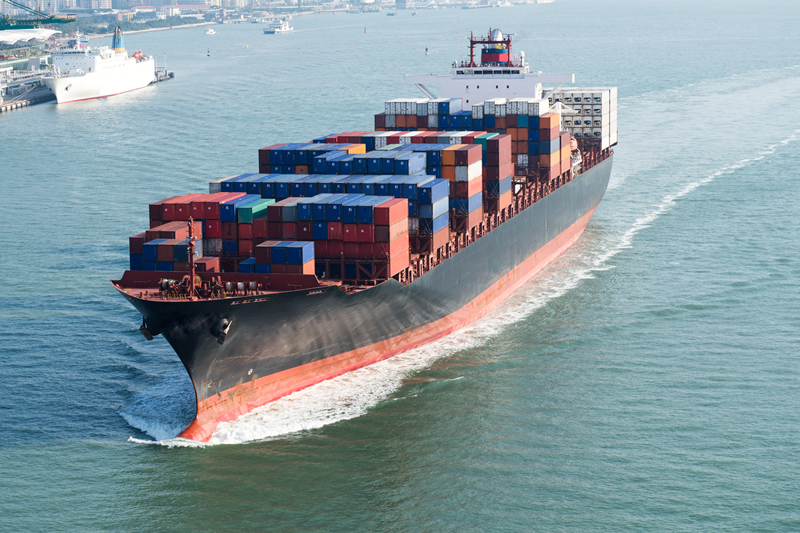New Study Reveals High NOx Emissions From Tier II Vs Tier I Engines
27
A recent research paper published by the International Council on Clean Transportation (ICCT) has brought attention to the concerning levels of nitrogen oxide (NOx) emissions originating from ships. This research paper examined 615 real-world NOx emission samples from 545 ships plying the waters between the North Sea and the Baltic Sea in 2019. The measurements were collected through sensors attached to helicopters, which flew into the exhaust plumes of the vessels. The data encompassed a variety of engine age categories (tiers).

Surprisingly, the results revealed that newer Tier II engines exhibited higher NOx emission rates than their older Tier I counterparts. Additionally, the study found no significant distinction in emissions between unregulated Tier 0 engines and Tier II engines.
Of particular concern is the discovery that the highest average NOx emission rates were observed when main engines operated at loads below 25%, averaging 12 grams per kilowatt-hour (g/kWh) across all vessel types and engine tiers. As engine loads increased, emission rates decreased, with mean rates dropping to 8.1 g/kWh at loads exceeding 75%. This finding challenges the established assumptions regarding NOx test cycles for marine engines, highlighting that these engines tend to operate at lower engine loads rather than higher engine loads, as previously believed.
The study suggests that current NOx regulations may necessitate revision to effectively combat air pollution. Its authors urge the International Maritime Organization to consider implementing not-to-exceed (NTE) standards for both new and existing ships, with a particular focus on operations at low loads. Furthermore, the study underscores the importance of including a test point below the 25% load threshold in future regulations.
These findings underscore the imperative need for more robust measures to address ship emissions and safeguard air quality in coastal regions. Effectively dealing with NOx pollution from ships is essential in the ongoing endeavor to combat climate change and promote sustainable maritime practices.
Tier 1-3 Emission Standards
The nonroad engine regulations of 1998 were structured as a three-tiered progression. Each tier involved a phased implementation (based on horsepower rating) over several years. Tier 1 standards were phased in from 1996 to 2000. The more stringent Tier 2 standards became effective from 2001 to 2006, with even stricter Tier 3 standards being phased in from 2006 to 2008 (Tier 3 standards applied only to engines ranging from 37-560 kW).
Whilst the pace of change may have created uncertainty across all Tier engine classifications (Tiers I, II, & III) pushing the boundaries for some technologies, the Protea 2000 emissions monitoring system has been proven in long-term service onboard ship as a robust and reliable method of confirming compliance with emissions regulations.
#protea #emissions #monitoring #cems #ftir #gas #analysers #shipping #marine
Other Articles
Global Underground CO2 Storage Data Offers Hope Amid Rising Emissions
01
IMO Postpones Adoption Of Global Net-Zero Shipping Framework
04
Pioneering Carbon Capture Projects Ready For Construction
03
Methanol & Ammonia Deemed Ready As Zero-Emission Shipping Fuels
01
Carbon Capture Storage Reaching A Turning Point In Decarbonisation
13
CCS To Capture 15% Of Shipboard Carbon Emissions By 2050
29
Global Shipping Industry Struggles To Navigate Net Zero Transition
21
Carbon Capture Surges as Economics Policy & Industry Demand Align
14
GHG Emissions At Ports On The Rise Despite Initiatives
07
Carbon Capture Utilisation & Storage In A Nutshell
30